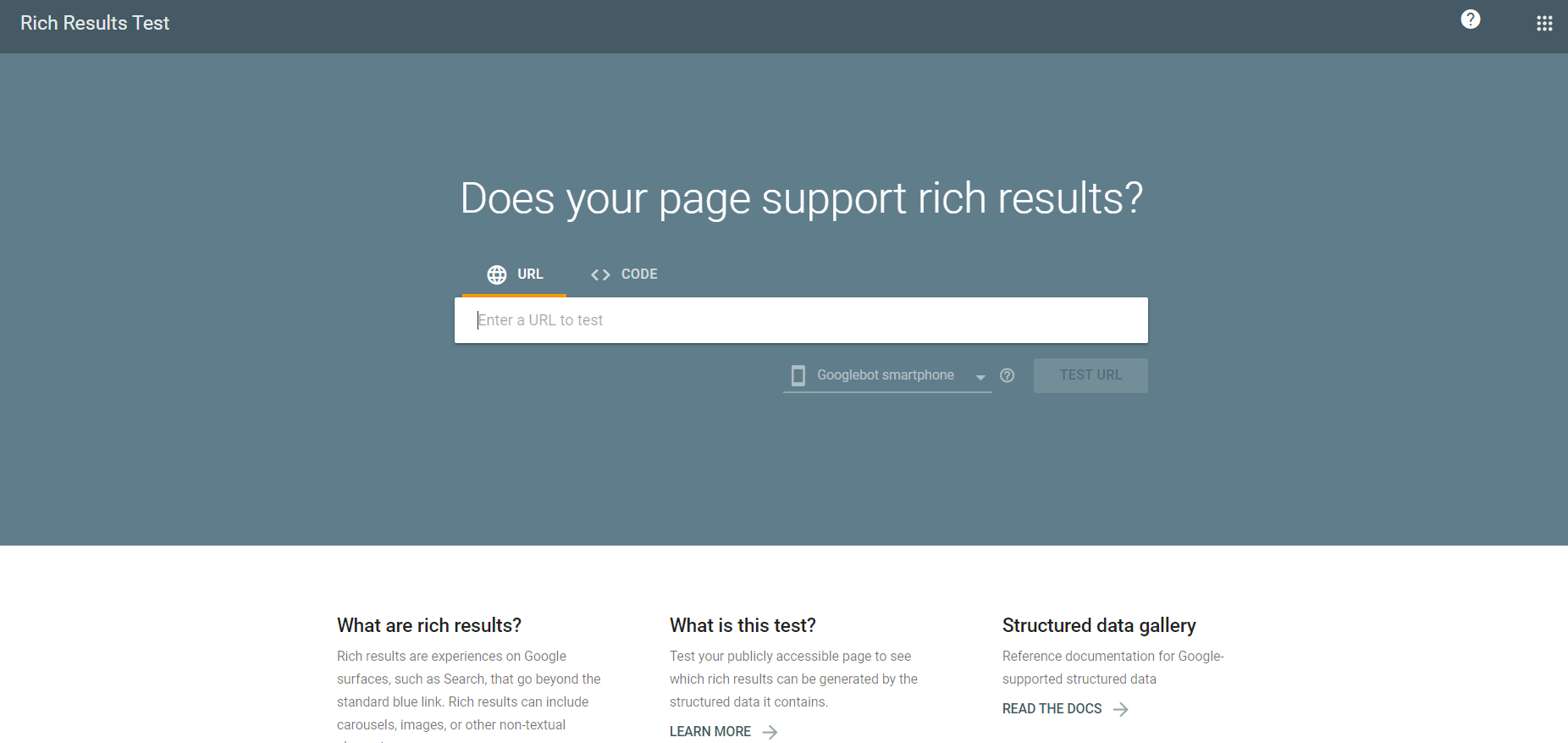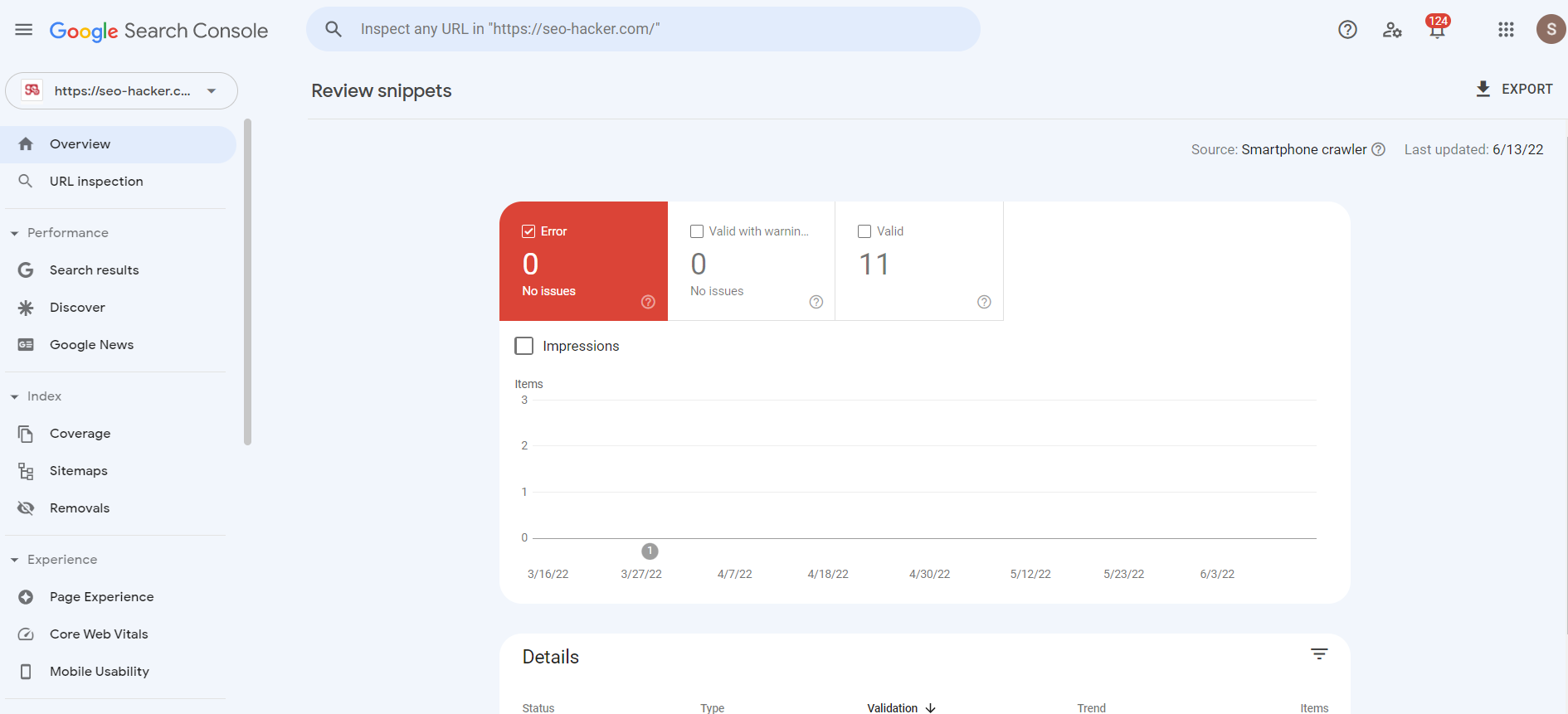How to Easily Add Aggregate Rating Schema to Your Website
What is the easiest way to add an aggregate rating schema?
Quick Answer: Adding an aggregate rating schema markup enables Google to feature your review ratings. There are three ways to add this to your site: microdata, RDFa, and JSON-LD, with the last being the simplest and Google-recommended option for you (and can be done so manually). When adding this schema type, make sure to add a reviews page on your site, utilize a 5-point scale, and mark up all your pages gradually. And remember: don’t place your ratings on your homepage.
Overview
In this digital age, with businesses flocking to the convenience of the internet, competition for the customers’ attention is high. In order to win in the online business world, you will have to get the attention of the customers first. One way of getting it is the implementation of aggregate rating.
What is Aggregate Rating?
Have you noticed that when searching the internet, you encountered some search results with star ratings? And admit it, even though those results are not at the top of the SERPs or Search Engine Results Page, those sites caught your attention first. This is called Review Snippet. It is a type of Google Rich Result that combines user ratings in a webpage then features the average rating in the search results.
This is made possible by the Aggregate Rating schema markup. This enables Google to feature your review ratings and attract customers with it.
There are three forms of markup that you can utilize to enable Aggregate Ratings on your site.
Microdata
Microdata is one of the forms of structured data markup that is nested within the HTML content. It is usually nested in the page body and can also be used in the head. It uses HTML tag attributes to label the properties that you want to turn as structured data.
RDFa
RDFa or Resource Description Framework in Attributes is an HTML5 extension similar to Microdata. However, it is utilizing a different set of codes compared to Microdata when it comes to describing your content to search engines. RDFa is commonly used in both the head and body sections of the HTML page.
JSON-LD
JSON-LD or JavaScript Object Notation-Linked Data is a JavaScript notation embedded in a <script> tag in the page head or body. This is considered to be the simplest to implement by inserting the markup in the HTML without wrapping it within the HTML elements.
In this article, we will be applying aggregate ratings using JSON. Not only that it is easier to implement compared to Microdata and RDFa, but it is also what Google recommends to use for structured data whenever possible.
What you need to do before adding the aggregate ratings:
Before you start adding your codes to enable your aggregate rating, remember these essential requirements.
- Have a reviews page. Not only this serves as a reference for your aggregate ratings, it will also show that you didn’t make up your ratings.
- Never place your ratings on your homepage. According to Google guidelines, implementation of reviews should refer precisely to a specific product or service and not a category or a list of items. Therefore,
- By default, Google assumes your site uses a 5-point scale. Where 5 is the best and 0 is the worst but you can also use other scales. However, remember not to go overboard with your ratings.
- Mind your review count and avoid faking your review count. Another one of Google guidelines stated refrain from marking up misleading and irrelevant content.
- Slow down from marking up all your pages at once with review stars, it is best to do it gradually.
- Doesn’t mean that you applied the code means you will see your star ratings to appear. You need to have authority and page for that.
How to add it:
There are many ways you can add aggregate rating schema on your page. Coding it manually is one of them. Here’s how you can apply an aggregate rating schema using coding.
Choose from the Valid Structured Data Types
The Aggregate Rating markup is only valid for a few types of content on Google which are:
- Book
- Course
- Event
- How-to
- LocalBusiness
- Movie
- Product
- Recipe
- Software App
Additionally, Google also approves reviews for the following schema.org types and subtypes:
- CreativeWorkSeason
- CreativeWork Series
- Episode
- Game
- MediaObject
- MusicPlaylist
- MusicRecording
- Organization
Identify the details
If you are adding Aggregate Ratings for a product, you have to list the details to be marked up. For example, if you have a product, you will be marking up the name of your product, it’s description, availability, etc. Moreover, you have to know the status of the ratings that the product have.
There are some properties in aggregateRating that require some information to work. This is why identifying the details that you wanted to mark up is important.
Assign details according to schema.org
If you are adding an Aggregate Rating in your product in JSON format, here is a sample of a basic and working code that you can use. Just replace the name of your product and the appropriate values in the parenthesis.
Note: the aggregateRating array can be placed anywhere and can still work. However, to make it easier for you, it is best to place it after the details.

Integrating your code
Using JSON markup is easier. As long as it is within the <script>, it will not affect your HTML codes and just adds the markup. If your markup has an error, it will not affect your page in any way, however, the star rating that you placed will not be featured. You can put your markup code either within the <head> or the <body> of your HTML code. However, it is preferable that you put in within the <head>.
Checking your code
There are plenty of tools online that you can use in order to check the status of your markup. One of the most useful and reliable tools is Google’s Structured Data Testing Tool. You can test and check your codes there as well as preview some of the snippets that will be shown in the SERPs.
Using the above code, if it works, you’ll be able to see this result in the tool.
It was announced by Google that moving forward, all structured data validations should be done on the Rich Results Test Tool because it validates structured data markups based on the available Rich Results in Google. It can also show you how your website would look like in the search results. The Structured Data Testing tool is still available as of writing but it was announced that Google will discontinue support of the tool soon.

Bear in mind that there is no guarantee you will be able to see your star rating appear in the search results. Google will decide whether to feature it in the SERPs or not. Knowing the guidelines is very important if you want to increase your chances that Google will feature your markup.
Check Google Search Console
Once you’ve started applying Aggregate Rating around your website, you should start seeing a new category under Enhancements in your Google Search Console dashboard “Review Snippets”. This is where you’ll see the total number of pages indexed by Google on your website that has the Aggregate Rating structured data markup. Google will inform you if there are errors in your code here or if there are pages that are being indexed but need minor fixing.

Implement review stars accordingly
Despite being in the technological era, people still value other people’s opinions regarding a specific product or service. In the digital world, it is represented by reviews.
By having your very own star rating when your site shows in the SERPs, you are showcasing your credibility and worth to the searchers. And as mentioned before, star ratings are great with catching attention. Utilizing review stars for your services or products will increase your click-through-rate.
So are you ready to reach for the stars?


